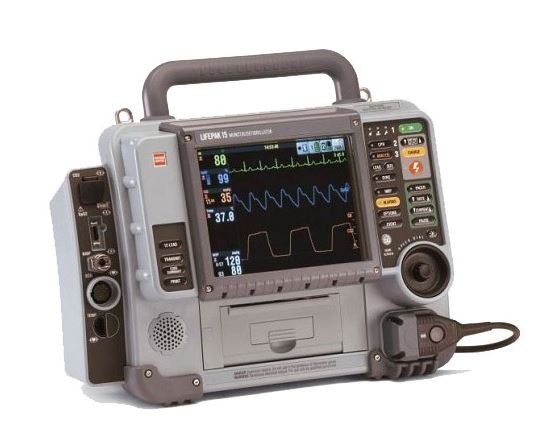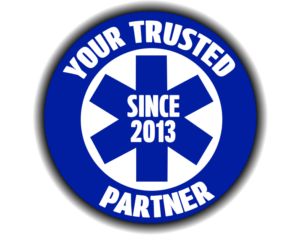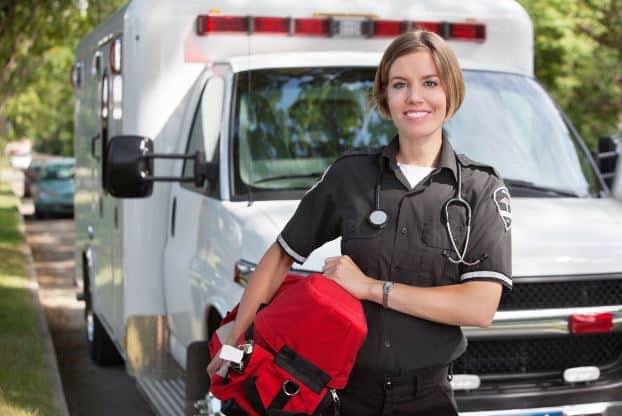
An Introduction to Capnography
While it might not be covered by many training programs, EMS responders should know a thing or two about capnography. Respiratory gases have to include some amount of carbon dioxide (CO₂). A capnography device measures the concentration of CO₂ in these gases.
Mechanism of Measurement
The type of capnography devices that you might find at your average EMS supply store presents a graphic of expired carbon dioxide measured against time. You might also find equipment that measures it against total expired volume. Both of these methods have a long history as monitoring tools used by intensive care workers and anesthesiologists. However, they’re quickly becoming important in the world of diagnostics as well.
Usage in Diagnostics
Capnography can tell you plenty about a patient’s respiratory patterns. It can also tell you how much carbon dioxide they produce and provide information about pulmonary perfusion and ventilation of the pulmonary alveolus.
Doctors are starting to use the technology to catch disorders that influence lung perfusion, which is often obvious in patients suffering from a pulmonary embolism. These techniques are now trickling into the emergency medical services sector as well.
Capnography’s Role in EMS
EMS personnel can use capnography equipment to assess patients before they’re sent to a hospital. They might notice underlying conditions the same way that pulmonologists do when they examine patients in an office. Perhaps more importantly, however, EMS personnel are using these devices to verify and monitor the positioning of endotracheal tubes.
Field intubation is a tricky business. At least one study indicated that upwards of one-quarter of all intubation procedures performed in a prehospital environment were done incorrectly. A misplaced tube can lead to a patient’s death if not caught quickly enough. The same study found that EMS teams that used capnography equipment to verify tube placement didn’t report any misplaced airway devices.
A few other techniques are also making waves in the EMS sector. High ETCO₂ readings on a capnography machine indicate that a patient may be suffering from hypoventilation. Low readings could indicate hyperventilation. This has made it easier to tell if intubation is needed in the first place.
The Future of Capnography
Price has been a serious barrier when it comes to usage of these techniques. EMS supply store companies like Coast Biomedical Equipment are now stocking refurbished capnography monitoring equipment, making it more accessible to smaller departments that wouldn’t have been able to afford new machines. Considering the advantages of these techniques, it shouldn’t be long before they’re second nature to many EMS personnel.





